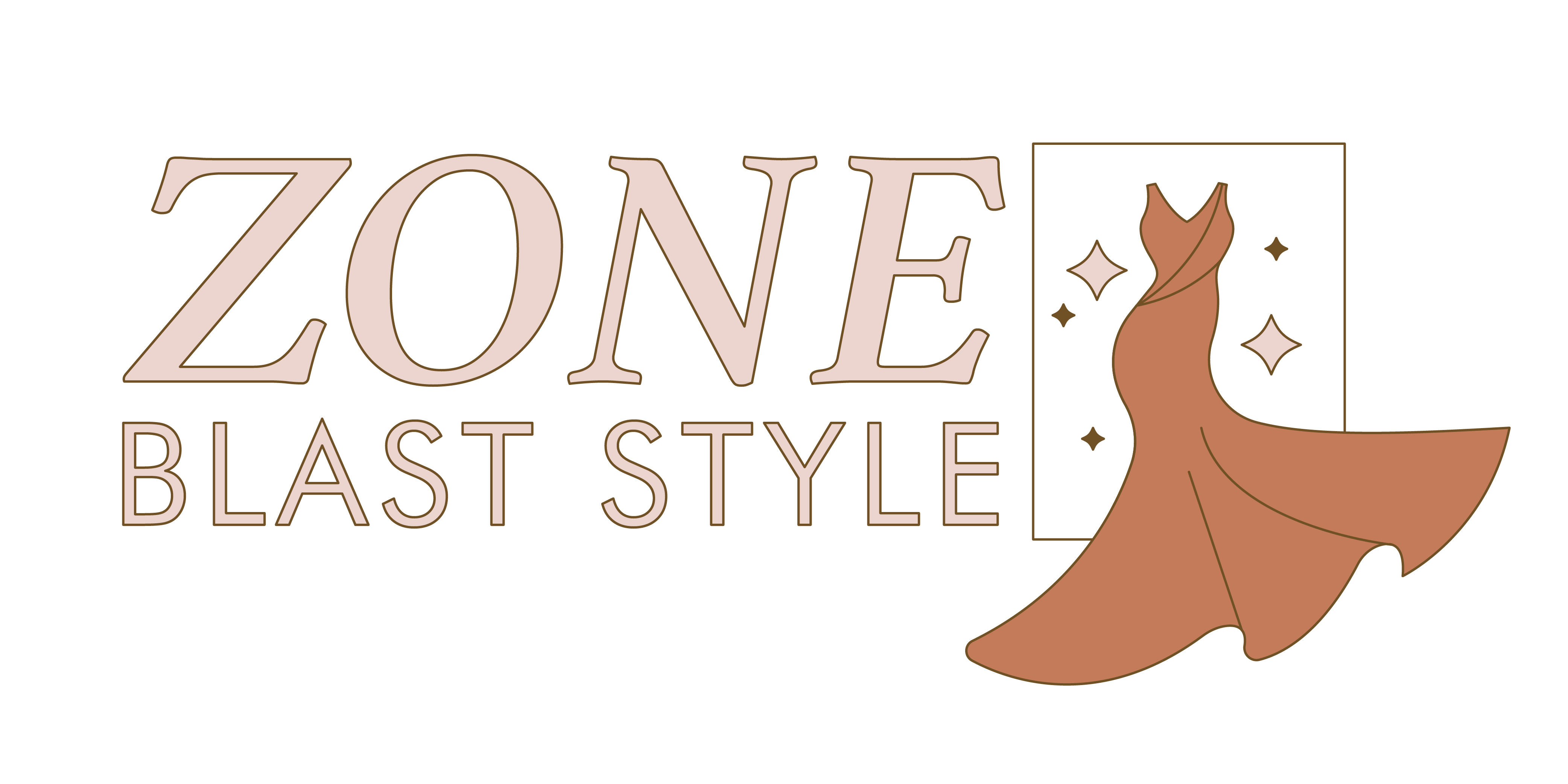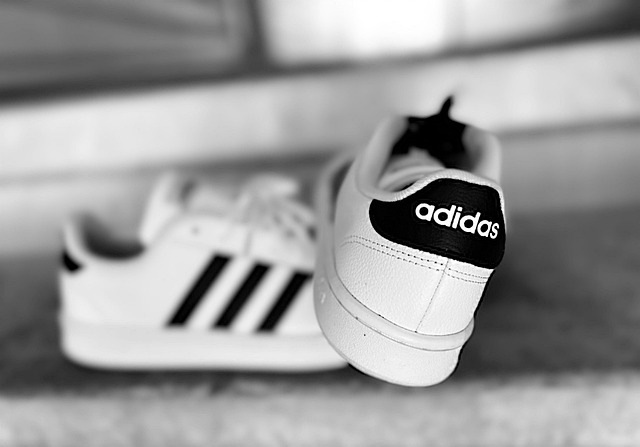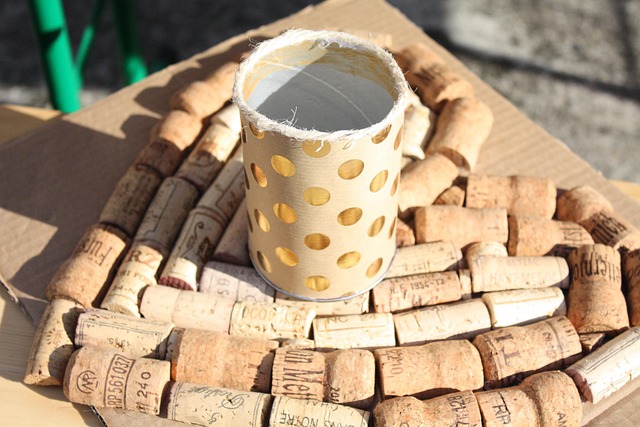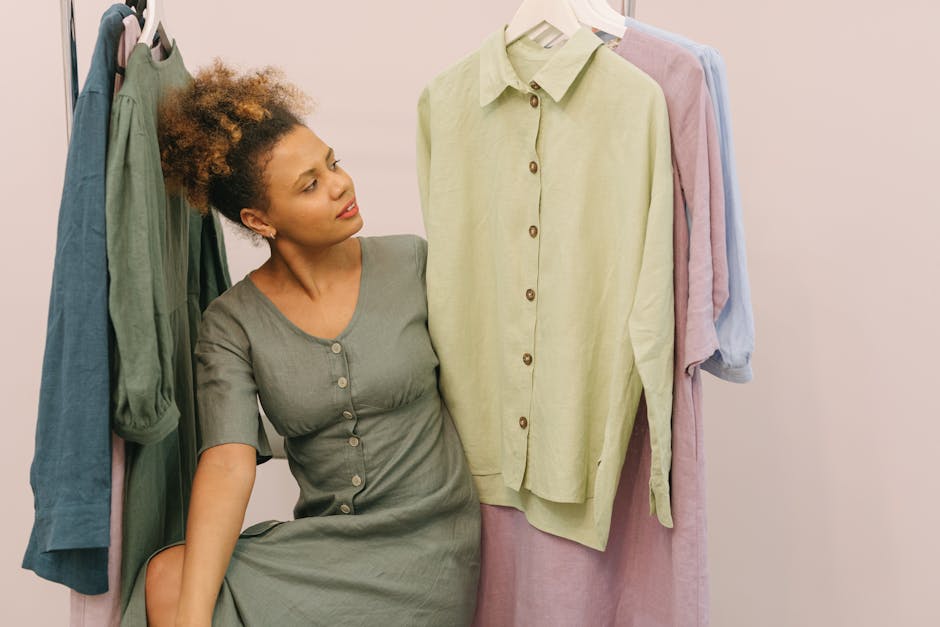Why Sustainable Fashion Deserves Your Attention
Fast fashion isn’t cheap—it’s subsidized by environmental damage. Every $10 t-shirt hides the true cost: polluted rivers, mountains of textile waste, and carbon-heavy supply chains stretched across continents. Clothing production now uses more water than almost any other industry, and over 92 million tons of garments end up in landfills each year. That’s not just inconvenient. It’s unsustainable.
So what does “sustainable” even mean in 2024? It’s not just about using organic cotton or slapping on a green label. It’s a holistic approach that looks at raw materials, labor practices, production cycles, and end-of-life solutions. Truly sustainable brands build with durability in mind, maintain ethical partnerships with makers, and take full responsibility for what happens to their products after purchase. The gimmicks are thinning. Consumers are wising up.
And they’re voting with their wallets. As demand grows for transparency and accountability, brands are adjusting—or fading. That $90 hoodie might cost more upfront, but if it lasts five years and supports fair labor, it’s a different kind of deal. Conscious shopping doesn’t mean perfect choices. It means asking better questions. Because every purchase is a signal. The louder the signal, the faster the industry shifts.
What Makes a Brand Truly Sustainable
Sustainable fashion doesn’t just mean organic cotton and earthy colors. It’s about systems that work fairly and responsibly from start to finish. It starts with transparent supply chains—brands that name their factories, share their sourcing maps, and don’t dodge tough questions. Nothing hides in the shadows.
Ethical labor practices go hand in hand. This isn’t about buzzwords. It’s wages people can live on, safe working conditions, and respect for those behind the seams. Brands that outsource without oversight don’t make the cut.
Then come the materials. Organic cotton is step one. Recycled fabrics, low-impact dyes, and even plant-based alternatives reduce pollution and waste. It’s not just about the clothes looking good, but about making them with less harm.
Underlying it all is the slow fashion mindset: buy less, but better. The best sustainable brands don’t chase trends. They design for longevity—pieces made to be worn again and again.
True sustainability is less about perfection, more about intention. The brands that get it right build trust by showing their work—and letting it speak for itself.
Reformation
Reformation has figured out how to blend cool-girl aesthetics with a sustainability backbone. The brand doesn’t look eco—it just looks good. But behind the curated Instagram vibe is a serious effort to reduce environmental impact across the board. Reformation tracks its water usage, energy output, and carbon emissions on every piece of clothing, and publishes the data in plain sight. It’s not just performative—it’s measurable.
They’ve also dialed in their sourcing game. Most Reformation garments are cut from deadstock fabrics, rescued textiles, or low-impact materials like TENCEL and organic cotton. And the LA-based brand keeps production close to minimize shipping emissions.
Transparency is the standout here. Their pricing breakdowns and sustainability reports are public, frequent, and detailed enough to push other fashion labels to catch up. Reformation proves you don’t need to choose between values and style—you can wear both.
Up-and-Coming Labels Worth Exploring
These emerging brands are proving that sustainability and innovation go hand-in-hand. While they may not have the decades-long track records of legacy labels, their forward-thinking approaches are helping shape the future of responsible fashion.
Pangaia
Pangaia is a materials science brand at its core. Rather than following traditional fashion cycles, it focuses on developing earth-friendly alternatives to existing textiles.
Why It Stands Out:
- Uses biodegradable, recycled, and bio-based materials
- Highlights fabric innovations like seaweed fiber and FLWRDWN® (a vegan down alternative)
- Invests heavily in R&D to drive eco-innovation across the industry
Mara Hoffman
Known for her vibrant, artistic designs, Mara Hoffman has evolved into a leader in sustainable luxury fashion. The brand takes bold visual aesthetics and blends them with thoughtful production methods.
Sustainable Focus:
- Prioritizes plant-based fibers and low-impact dyes
- Avoids overproduction through limited, thoughtful collections
- Champions transparency and social responsibility in its supply chain
Kotn
Kotn is a Canadian brand that redefines everyday basics by focusing on the full story—from soil to shelf. It’s proof that sustainability can be both stylish and systemic.
Notable Sustainability Actions:
- Partners directly with cotton farmers in Egypt to ensure ethical practices and fair pricing
- A certified B Corp that reinvests in education and community infrastructure
- Focuses on timeless, minimalist basics to reduce consumer waste
Girlfriend Collective
Girlfriend Collective is rewriting the rules for activewear by combining performance with purpose. It turns materials like recycled water bottles and fishing nets into flattering, functional gear.
What Makes It Different:
- Fabrics made from post-consumer waste and certified by third parties
- Size-inclusive range that promotes body positivity
- Transparent about its supply chain and factory standards
These brands prove that sustainability doesn’t mean sacrificing design, comfort, or ethics—it’s about evolving fashion into something smarter, more responsible, and deeply connected to both people and the planet.
How to Evaluate a Brand on Your Own
Doing your homework matters. With greenwashing everywhere, don’t take a brand at its word. Start by looking for legitimate third-party certifications like GOTS (Global Organic Textile Standard), Fair Trade, or B Corp. These aren’t just nice extras—they prove a company has met measurable sustainability standards beyond marketing fluff.
Next, dig into their supply chain. Do they disclose where materials are sourced? Are the factories audited? Names and locations show transparency. Vague language means they’re hiding something—or haven’t figured it out themselves.
Also, check how the brand deals with off-season inventory. Are they slashing prices to dump extra stuff or quietly destroying unsold goods? A truly sustainable brand plans ahead to minimize waste—not just react to it.
Finally, trust your gut. If a brand is shouting about how sustainable it is but gives no real proof, odds are it’s just leaning hard on the buzzwords. Real sustainability is in the details, not the slogans.
Final Thought: Fashion with Principles
Supporting sustainable brands isn’t just about swapping out your favorite fast fashion logo for something greener. It’s a mindset shift. It’s about asking yourself: Do I really need this? Will I wear it in a year? Five? Ten? The real move is towards intentional buying—choosing fewer, better-quality pieces that endure beyond a single season.
Quality beats quantity every time. That means fabrics that don’t fall apart after three washes, silhouettes that don’t ride a trend wave straight into the closet graveyard, and construction that holds up to real life. Buying less isn’t a sacrifice. It’s clarity.
And when you’re unsure, go secondhand. Or better yet, upcycle something you already own. Old clothes aren’t trash—they’re raw material. Vintage shops, clothing swaps, and DIY tweaks are not only more sustainable—they’re just smarter.
Want to go deeper? Read our guide on how to make your fashion choices more eco-friendly.


 Fashion Trends Editor
Fashion Trends Editor
